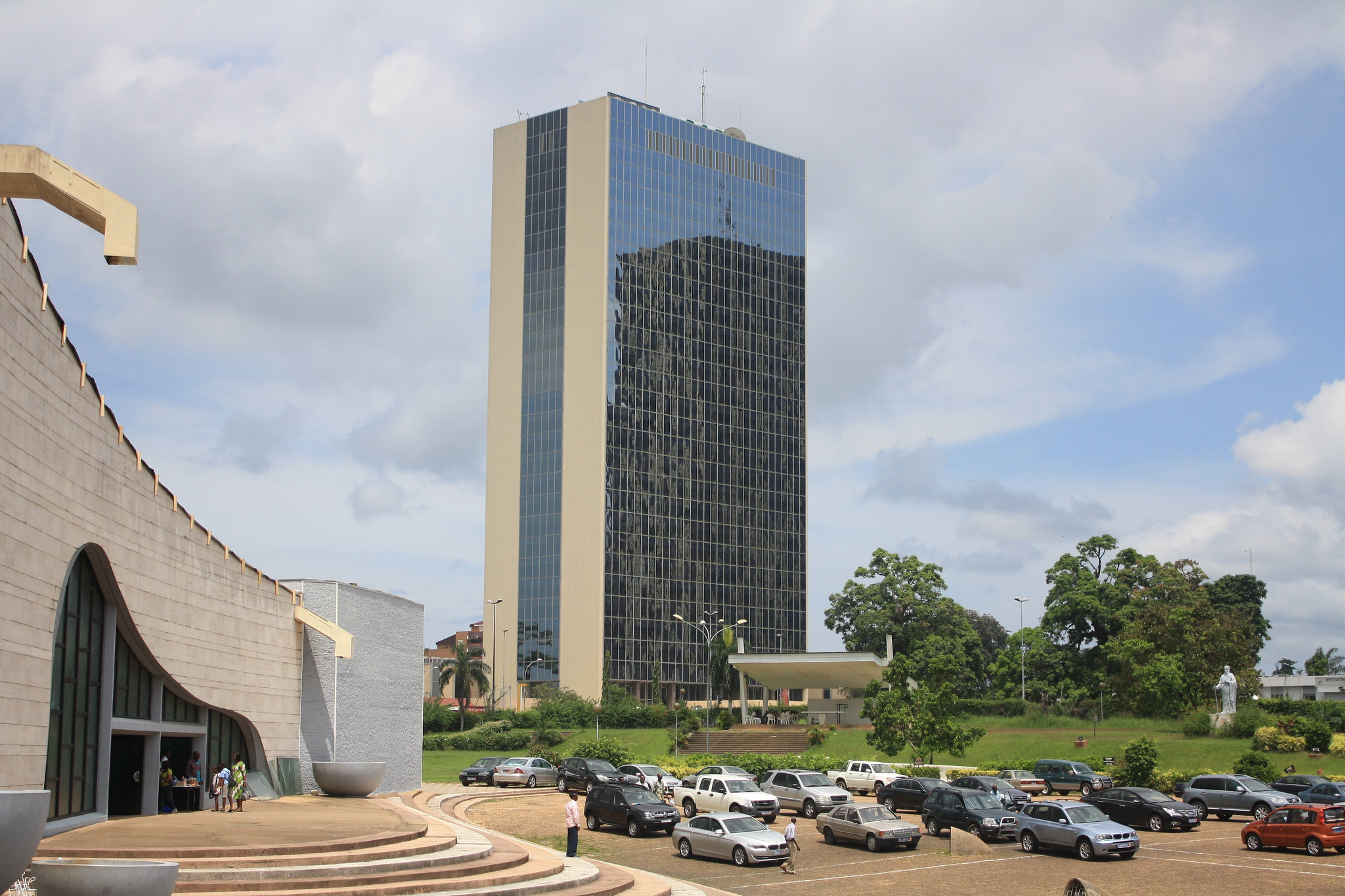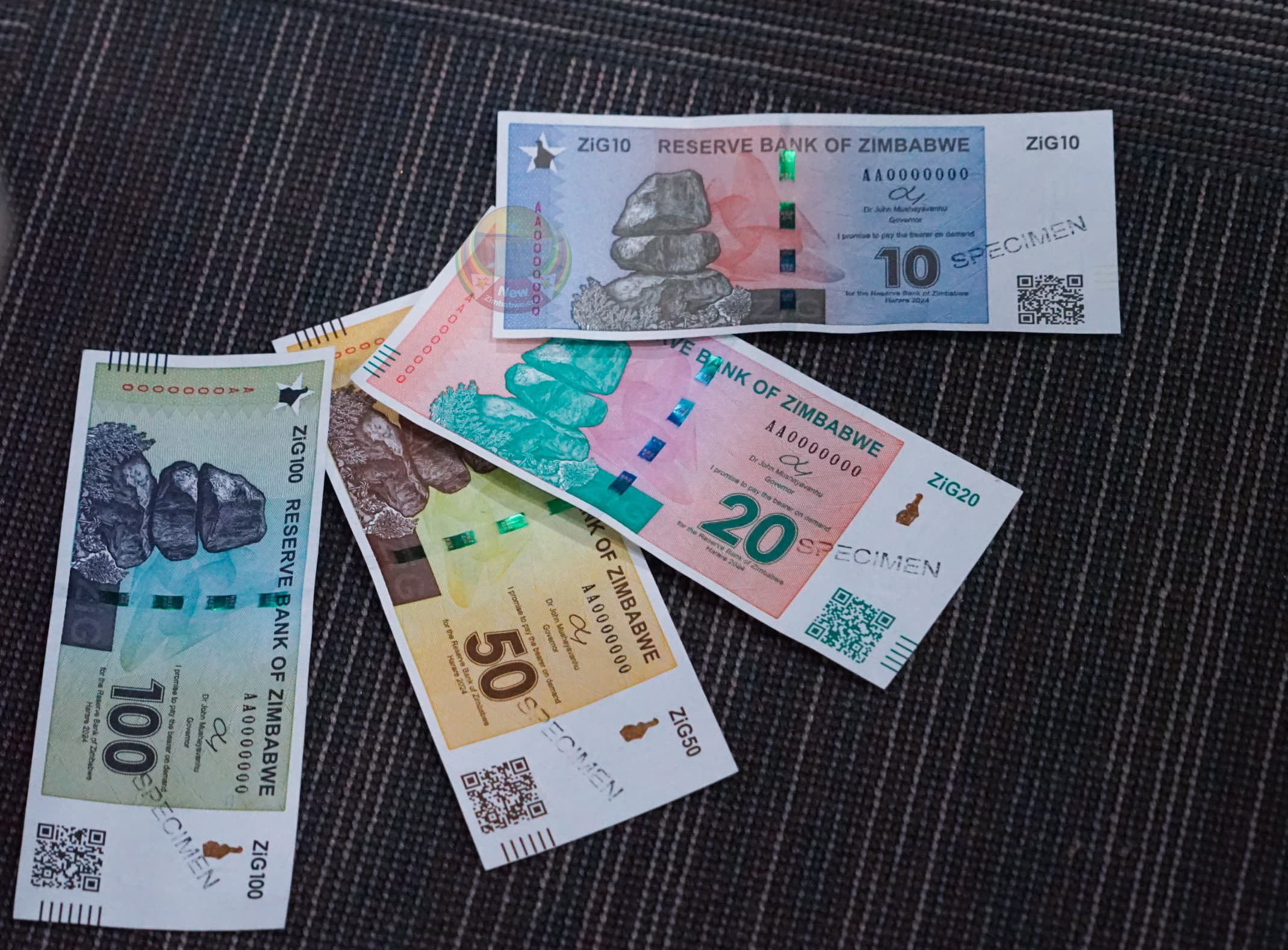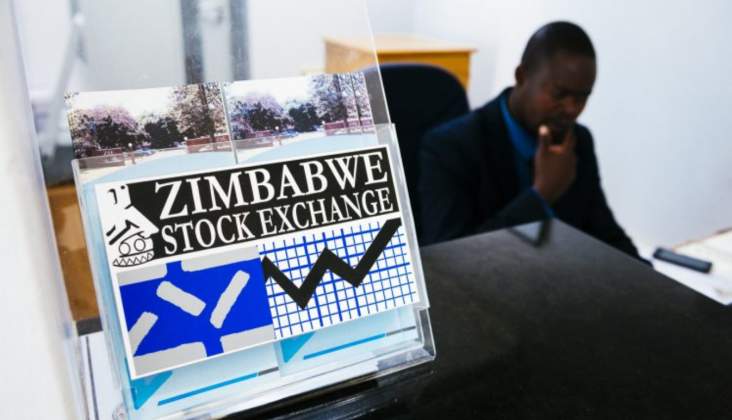Stock market bubble pricked
Finance and Economic Development Minister Mthuli Ncube last week described the rally that had characterised the stock market as a bubble that needed to be pricked.
The term “bubble,” in stock market context, generally refers to a situation where the price for an individual stock or even an entire market — exceeds its fundamental value by a large margin.
At $3,4 trillion on March 6, the stock market was valued at US$20,4 billion at the official exchange rate of 165,99.
Using a parallel market rate of between 400 and 450 the stock market would have been valued between US$7,5 billion and US$8,5 billion approximately.
This is at a time the economy was experiencing a runaway exchange rate and rampant inflation. April inflation skyrocketed to 96,4 percent.
Minister Ncube described this stock market performance as a bubble that needed to be pricked.
“We have information and we know some of perpetrators that were using banks to borrow cheap liquidity; cheap in the sense of negative real interest rates, to speculate and take positions on the parallel market, but also root some of the proceeds on to the equities market and then just keep playing around the equities and parallel markets,” he said.
“So, we had to prick that bubble and this is how we decided to do it,” he said.
One of the measures put in place to deal with the bubble was the suspension of bank lending. According to RBZ governor Dr John Mangudya, some entities “were now using funds from banks to purchase foreign currency.”
The decision to suspend bank lending would mean reduced money supply in the economy. It would also mean cash constrained companies, that hold shares, would be forced to dispose of their shares to meet pressing working capital needs among other requirements.
Another measure put in place which had a direct impact on the stock exchange, was to increase the capital gains withholding tax to 4 percent from 2 percent for shares held for less than 270 days.
Then there was also the ban on inter account transfers between client sub accounts with a broker as well as third party funding of client sub-accounts.
The likely impact of these new measures was that it would have a negative impact on trading volumes. There was also the possibility of a market sell off especially from liquidity starved corporates holding treasury shares.
Bubble pricked
Indeed, this is what has happened. The stock market “bubble” got pricked.
As of Wednesday this week, 43 of the 55 listed firms had dropped from their prices prior to the announcement of the new measures.
Out of the 43, 30 had double digit losses. 19 of these had losses above 20 percent. Only three stocks, CFI, FBC and Unifreight are positive while nine have remained unchanged.
Nampak was the biggest loser with a 41,29 percent drop followed by Hippo down 38,93 percent, EcoCash 35,47 percent and Econet 32,98 percent.
At the close of trading on Wednesday, the All Share Index was down 22,83 percent at 20 986,91.TheTop 10 Index was worse off having tumbled by 25,21 percent.
The ZSE’s overall market capitalisation lost 25,6 percent.
This could easily be described as a bear market given the drop from the top is now more than 20 percent. The limitation for that description though is that the downward trend cannot yet be described as “prolonged.”
By definition a bear market is when a market has fallen by 20 percent or more from their recent high for a sustained period of time. It’s less than two weeks of losses on the ZSE so maybe not a bear market as yet.
On average, bear markets have taken 13 months to go from peak to trough and 27 months to get back to break-even since World War II, according to Stann Choe and Alex Veiga reporting for Associated Press.
Ncube and Mangudya’s role in the bubble
With a market capitalisation of US$20,4 billion or US$8,5 billion, it is difficult to argue that the stock market was now not a bubble. It is however, important to interrogate the role played by Fiscal and Monetary authorities in the build up to this bubble.
The measures eventually put in place to prick the bubble is sufficient confirmation that the two, Treasury and the RBZ are partly to blame for creating the bubble.
In April, more than $11 billion dollars was invested in the stock market. The question is where did all this money come from.
If borrowings were the source of funds flowing to the equities market, and the decision to borrow and invest in the stock market is seen by Dr Mangudya and Prof Ncube as indiscipline and speculation, then it means responsible authorities created the loop holes by commission or omission.
The Reserve Bank of Zimbabwe Act (Chapter 22:15) empowers the Reserve Bank to supervise banking institutions and foster stability and proper functioning of the financial system.
Where was the central bank when the bubble was building up on the ZSE? Given the strong connection between stock market performance and a sound financial system, which monetary policy seeks to create, the central bank should have been more proactive in dealing with the market bubble.-eBusiness Weekly











